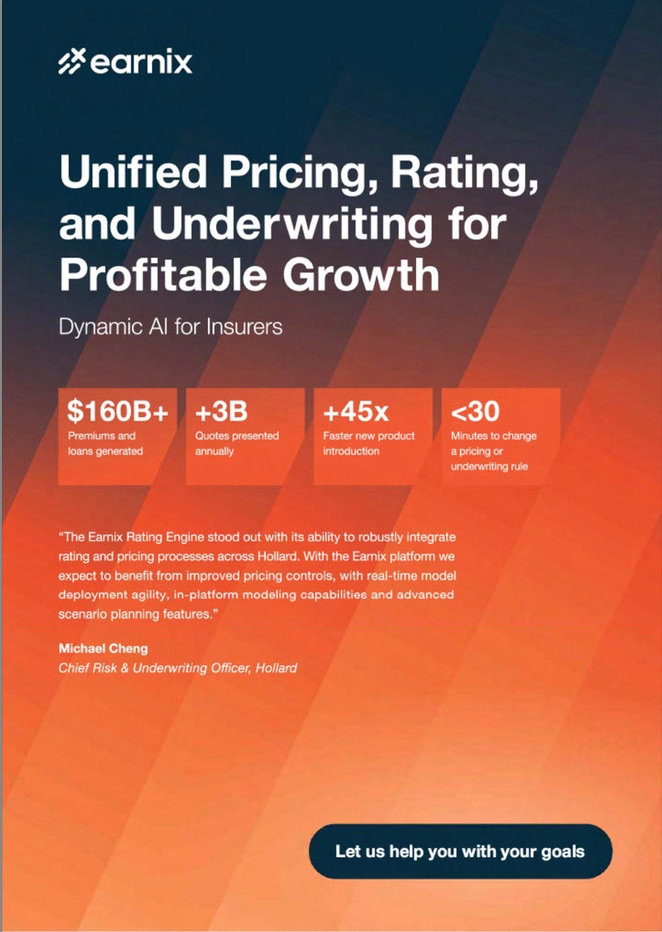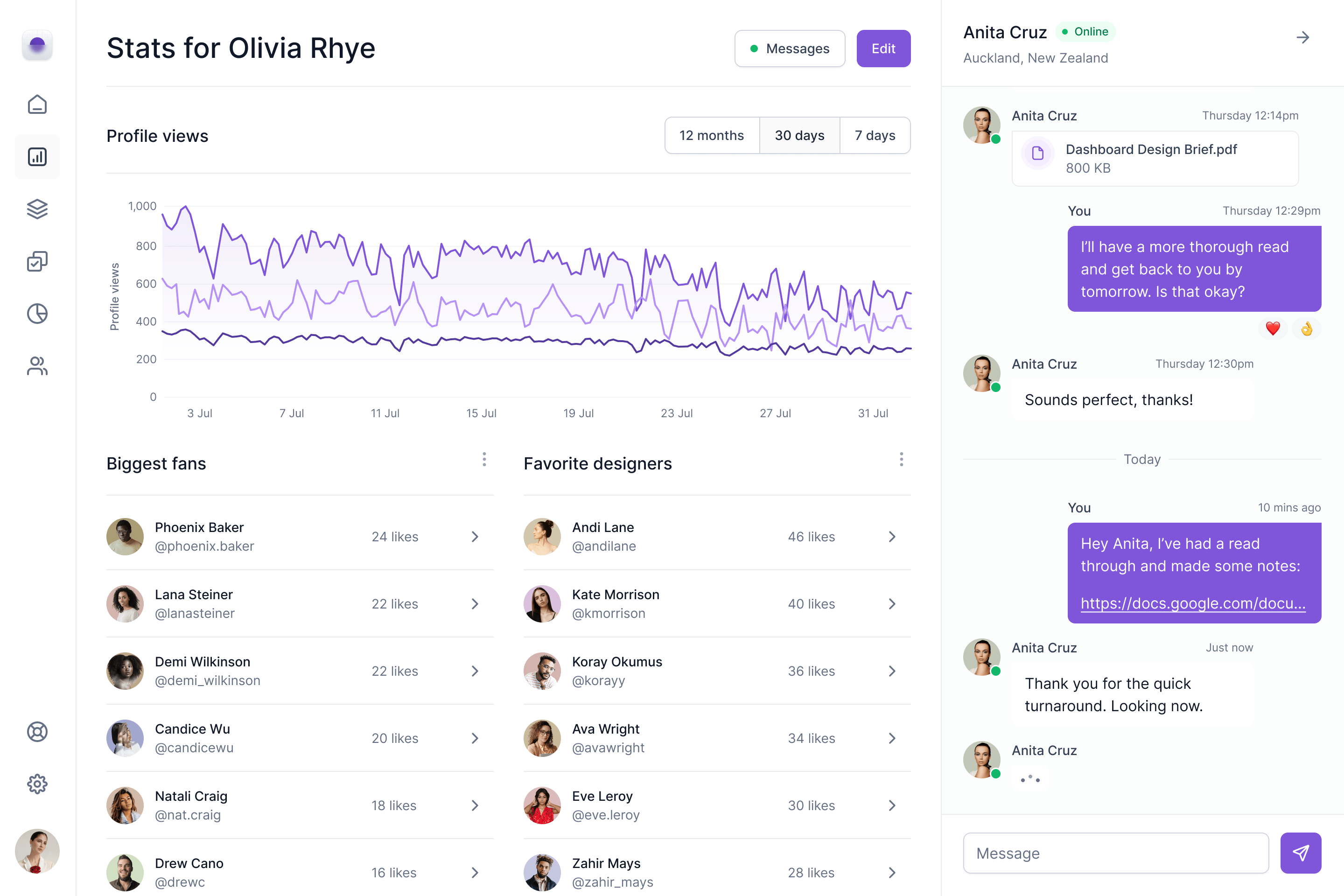Understanding the Tax-Free Savings Vehicle

I’ve yet to meet anyone who enjoys paying taxes in South Africa, where it’s often unclear how our tax contributions benefit us, our families, and the country. Given this frustration, I would expect more South Africans to have taken full advantage of all of the legal tax breaks and incentives that are available. For some or other very strange reason, this is not the case.
One of the most powerful of these available legal tax breaks is the Tax-Free Savings Account (TFSA). With a TFSA, investors don’t pay income tax, dividends tax, or capital gains tax on returns from qualifying investments in regulated unit trust funds that do not charge performance fees – such as our Perspective Balanced Prescient Fund or Perspective Executive Equity Prescient Fund.
Currently, South African citizens can contribute up to R36,000 per tax year and per family member. Parents and grandparents may also invest on behalf of minor children and grandchildren, who will each have their own annual and lifetime limits. Keep in mind that unused annual contributions cannot be carried forward. Contributions are currently capped at R500,000 per individual over a lifetime.
Four of the biggest misconceptions we come across are:
- That a TFSA is just a traditional savings account with tax-free interest.
- That TFSAs cannot be opened for minors.
- That it requires a lot of ‘extra admin’.
- That it is ‘more expensive’.
A TFSA is much more powerful than a simple savings account. Investors can select unit trusts as the underlying portfolio, with the freedom to invest fully offshore or entirely in equities – without Regulation 28 restrictions. This flexibility allows them to pursue much more appropriate strategies within a TFSA to maximise long-term investment returns.
Parents and grandparent can open a TFSA for their minor children and grandchildren. Doing so effectively extends the compounding period of their tax-free investment by 18 years – and all that extra time makes a huge difference to potential long-term investment returns.
There is no extra admin required. It is also not more expensive, and it can even end up reducing an investor’s costs, because the underlying funds do not charge any performance fees - which is an enormous drag on their overall long-term investment returns.




